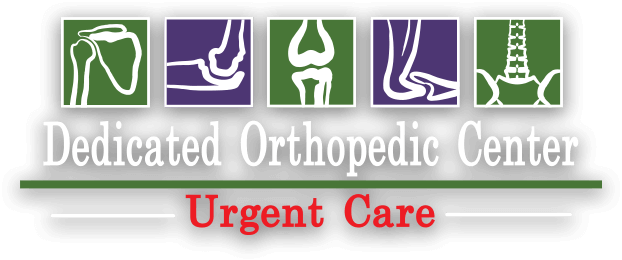
Understanding and preventing this common childhood injury
Childhood years are a prime time for injuries and accidents. After all, when you combine fearlessness, curiosity, and poor coordination with a lack of decision-making skills, you can definitely wind up with a few bruises and scrapes.
And, dislocations.
Young children’s muscles and tendons strengthen rapidly as they grow, but in the early years they are much looser and weaker than those of an adult. This serves them well in some ways; incredible flexibility is a benefit as they learn to navigate their world.
It also means, however, that extra care needs to be taken of those young joints. Nursemaid’s elbow, for example, is an extremely common childhood injury. As a parent or caregiver it is essential that you know how to identify, and avoid, this type of dislocation.
What Is Nursemaid’s Elbow, and How Did It Get Its Name?
Just as a point of clarification, nursemaid’s elbow (technically called a radial head subluxation) is actually a partial dislocation, and is most often seen in children under the age of 4. The radius, one of the bones in the forearm, slips out of the ligament that tethers it in place at the elbow causing discomfort and limited mobility (more on this below!).
So, where did the name come from?
It’s a little outdated now, but is still hanging on. It originated during a time when children were most often looked after by a nursemaid, and this sort of injury would have been common under their watch. It doesn’t necessarily reflect poorly on the nursemaid’s care, but rather on the fact that they are the ones in charge during prime playing hours.
What Are the Causes and Symptoms of Nursemaid’s Elbow?
Causes can include:
- Catching a child by the arm (maybe as they run towards the street or away from you in a store)
- Swinging your child by the arm during play, or as you walk down the sidewalk
- Absorbing impact with an arm or hand during a fall
- Being yanked by the arm
- Rotation at an odd angle, like positioning an arm to go through a sleeve
As you can see, the causes range from the very mundane to more extreme events, like a fall. The major takeaway is to remember that even the slightest trauma should be taken seriously if your child seems to be in pain. And, be careful of those joints!
What Are the Symptoms of Nursemaid’s Elbow?
Here’s what to watch for:
- Crying and signs of discomfort
- Your child likely will clutch the arm to his/her side and won’t move it
Remember: Never Try to Repair a Dislocation Yourself!
If your child is disposed to frequent elbow dislocations, it can be tempting to try and put it back into joint yourself. There are even tutorials online specifically for nursemaid’s elbow because of how common an injury it is.
Trying to perform a reduction maneuver (putting the elbow back into place) requires medical training, and will cause your child a great deal of pain if it’s not done correctly. You also run the risk of further damaging the joint. If your child fell, the possibility of a bone fracture also can’t be ruled out!
Contact An Emergency Orthopedic Care Center for Help!
An orthopedic medical professional can perform the reduction maneuver perfectly, bringing relief to your little one in no time at all.
If you have any further questions about orthopedic care in Lufkin, contact us at Dedicated Orthopedic Center Urgent Care today! We are a convenient, cost-effective alternative to traditional emergency rooms.






